Search Images
Browse Content (p. 1466)
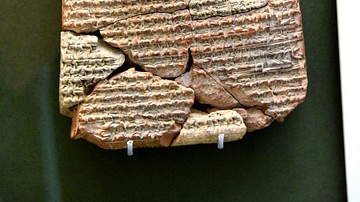
Image
Medical Recipes from Borsippa Against Mental Disorders
Alongside recipes (derived from various plants) to address mental illnesses, this tablet provides unique drawings as a guide to making magical figurines against demons and sickness. The king-like figure on the throne resembles an image of...
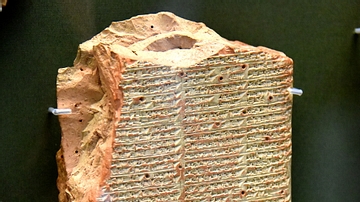
Image
Exorcistic Incantations from Ashur
These exorcistic incantations were written on this large clay tablet using both Sumerian and Akkadian cuneiform language. Probably from Ashur, Mesopotamia, Iraq, 1300-900 BCE. (The British Museum, London)

Image
Doctor's Medical Recipe from Babylon
Recipes involving plant and vegetable drugs were written on this clay tablet, but the purpose was not mentioned. Unlike many medical documents, it is a doctor's working copy rather than a library reference work. Probably from Babylon, Mesopotamia...
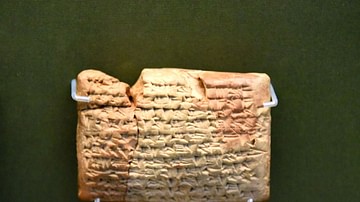
Image
A Mesopotamian Tablet with Gynaecological Recipe Against Miscarriage
A medical recipe was written on this clay tablet to prevent miscarriage. It recommends that a women should wear for 3 days a particular species of dried edible mouse which has been stuffed with myrrh. Probably from Babylon, Mesopotamia, Iraq...
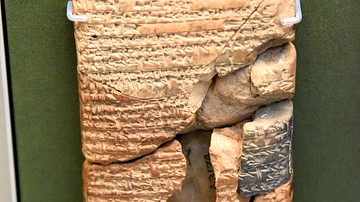
Image
A Mesopotamian Tablet with Gynaecological Treatments
Recipes were written in cuneiform inscriptions. They concern conditions such as infertility and pregnancy. Probably from Babylon, Mesopotamia, Iraq. Circa 600-400 BCE. (The British Museum, London)

Image
Bronze Pazuzu Amulet
Pazuzu amulet has two rings for suspension. Pazuzu is a creature from Mesopotamian mythology with a human body, four wings, lion fore-paws, vulture's feet, and a rattlesnake tail. Pazuzu was the demon of the southwest wind. Despite his fearsome...
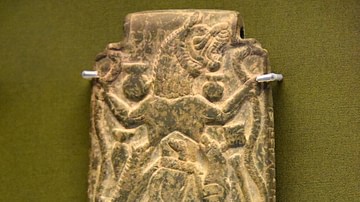
Image
Demoness Lamashtu Amulet
Amulet depicting a Lamashtu standing on a donkey and suckling a jackal and a wild pig, from Northern Mesopotamia, modern-day Iraq, c. 800-550 BCE. Lamashtu prayed on women in childbirth and newborn infants. She has a lion's head, wings...

Image
Apophis Defeated
Tomb of Inherkau no. 359
Second chamber, South wall
"The great cat of Heliopolis" killing the enemy of the sun, Apophis.
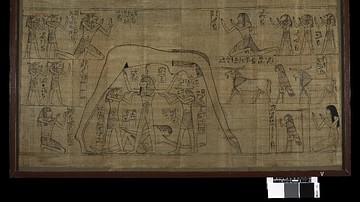
Image
The Greenfield Papyrus
Book of the Dead of Nestanebtasheru (sheet 87): Geb is shown as a semi-recumbent figure stretching out his limbs while the elongated body of Nut arches above him. Her feet touch the ground at the eastern horizon and her fingers at the western...
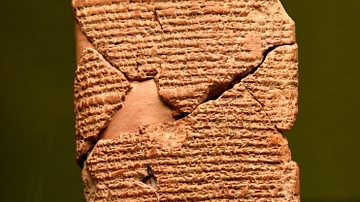
Image
Amel-Marduk's Poem & Prayer
"The wretched, weary person weeps..." The Crown Prince, son of Nebuchadnezzar II, wrote this anguished poem in prison. Once freed, he attributed his rescue to the god Marduk, by changing his name to Amel-Marduk (the Biblical Evil-Merodach...